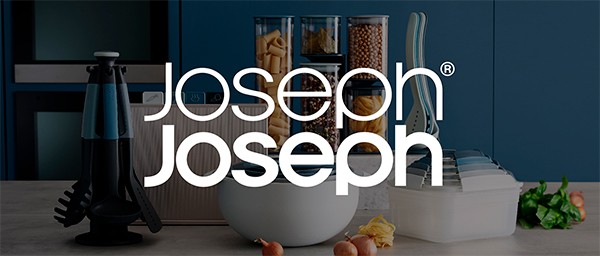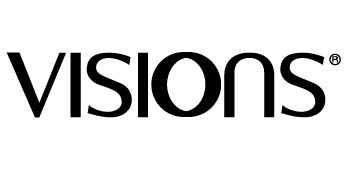
Crane Neck Posture
Approx $24.22 USD
Product information:
Material: Canvas
Color: Green
Product Category: Cervical Traction Belt
Applicable Parts: Neck
Specifications: Adult Models, Children Models
Applicable Scene: Health Massage
Style: Simple
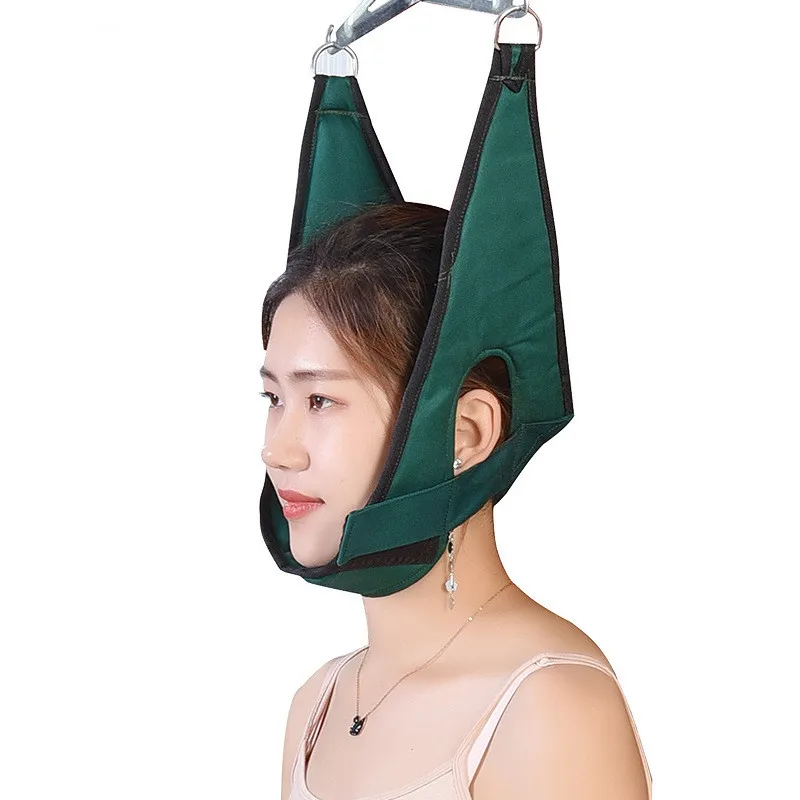
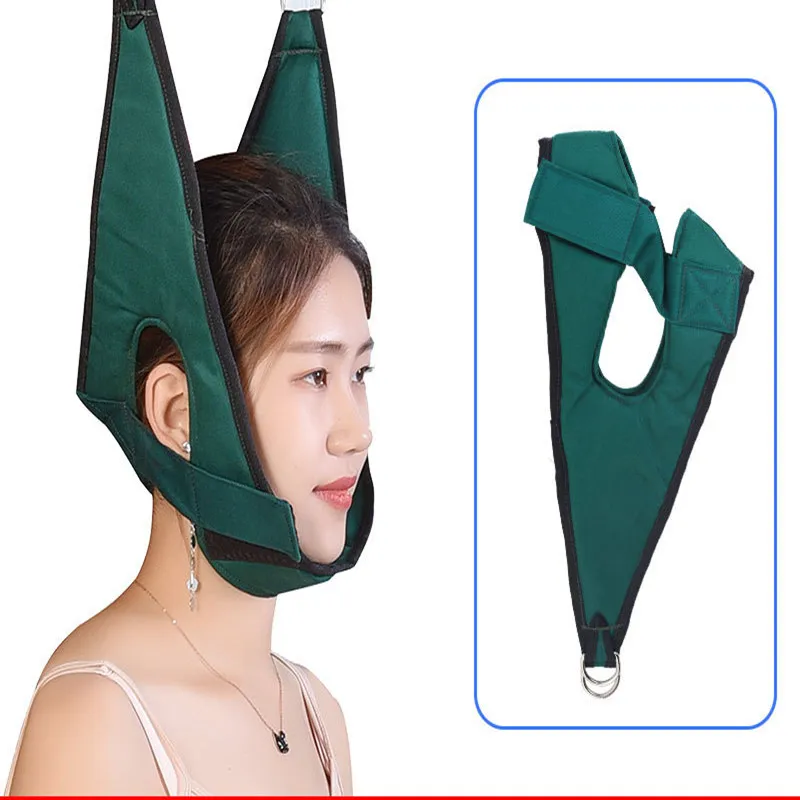
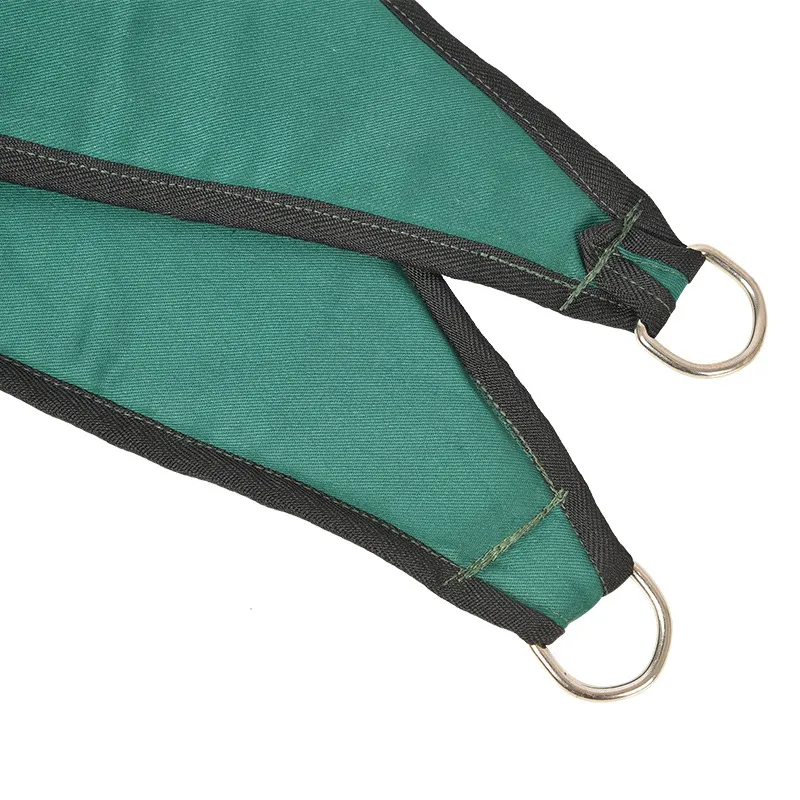
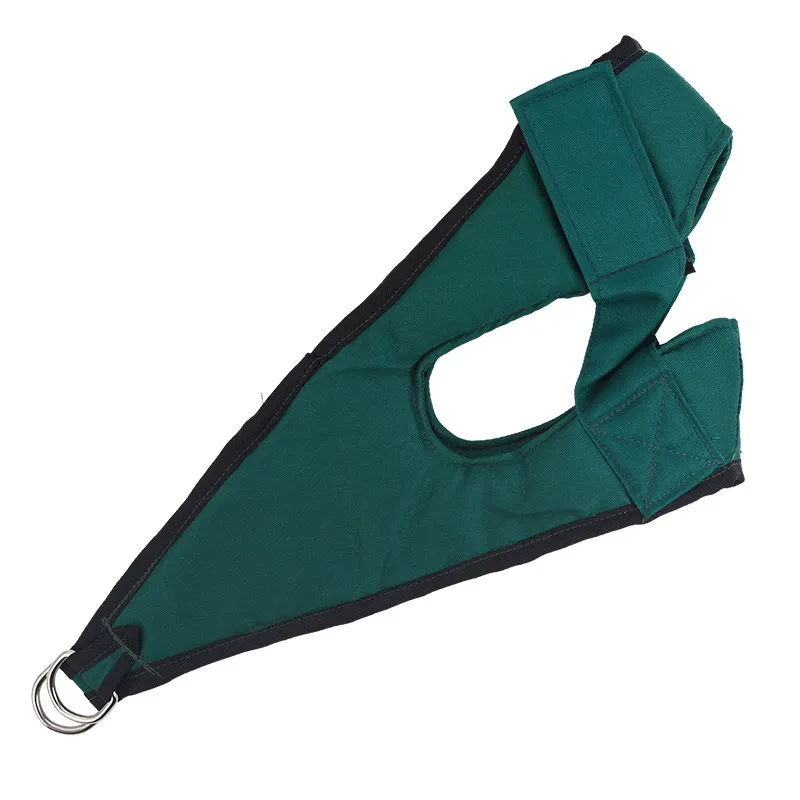
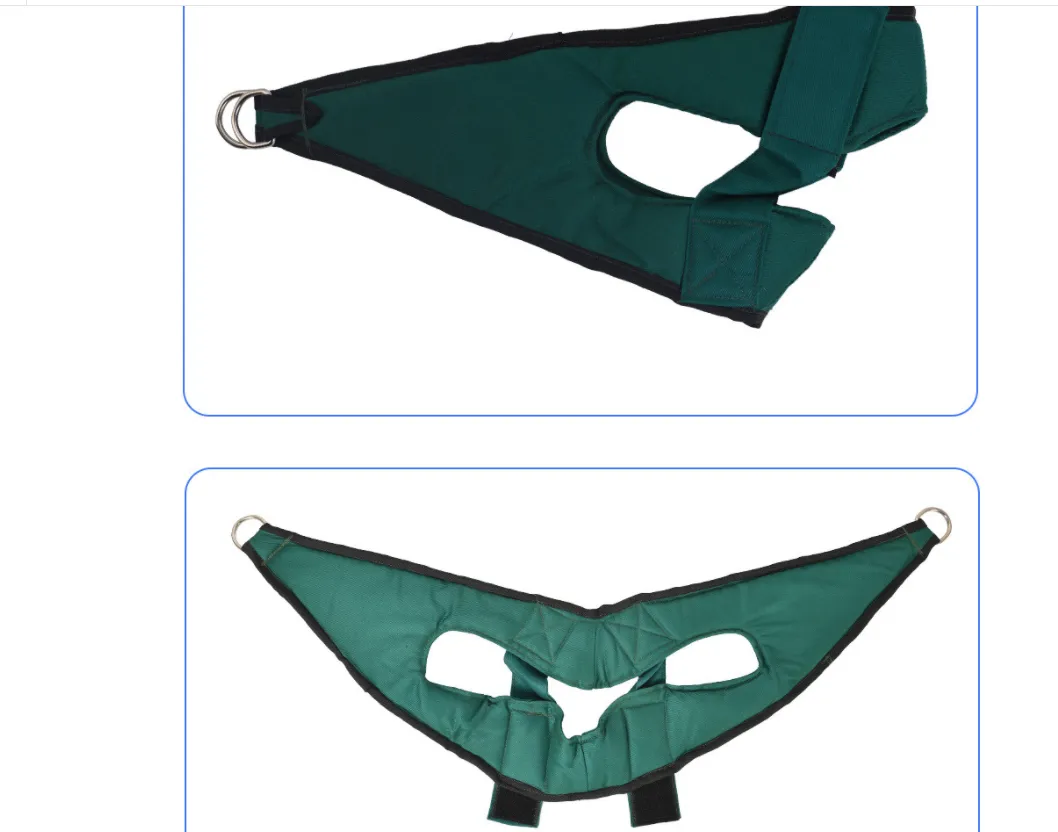
Understanding and Addressing Crane Neck Posture
Crane neck posture, commonly known as forward head posture (FHP), is a prevalent musculoskeletal condition where the head protrudes forward beyond the body's midline. This misalignment places undue stress on the cervical spine and surrounding muscles, leading to discomfort and potential long-term health issues.
What Is Crane Neck Posture?
Crane neck posture occurs when the head shifts forward from its natural alignment with the spine. In a neutral position, the ears should align vertically with the shoulders. However, in FHP, the head juts forward, increasing the load on the cervical spine and altering the body's center of gravity.
Causes of Crane Neck Posture
Several factors contribute to the development of FHP:
-
Prolonged Screen Time: Extended use of smartphones, tablets, and computers encourages individuals to tilt their heads
forward, straining the neck muscles.
-
Poor Ergonomics: Improper workstation setups, such as low monitor heights or uncomfortable seating, can lead to slouched
postures.
-
Sedentary Lifestyle: Lack of physical activity weakens the muscles supporting the spine, making it more susceptible to
misalignment.
-
Carrying Heavy Bags: Uneven weight distribution from carrying bags on one shoulder can pull the body out of alignment.
- Inadequate Sleep Positions: Using pillows that don't support the neck properly can exacerbate FHP.
Symptoms of Crane Neck Posture
Individuals with FHP may experience:
- Neck and Shoulder Pain: Continuous strain on muscles can lead to discomfort.
- Headaches: Tension in the neck can trigger cervicogenic headaches.
- Reduced Mobility: Limited range of motion in the neck.
- Muscle Fatigue: Overworked muscles leading to tiredness.
- Numbness or Tingling: Compression of nerves can cause these sensations.
- Jaw Pain: Misalignment can affect the temporomandibular joint (TMJ).
Treatment and Prevention Strategies
Addressing FHP involves a combination of corrective exercises, ergonomic adjustments, and lifestyle modifications:
1. Posture Correction Exercises
- Chin Tucks: Gently tuck the chin towards the chest to realign the head with the spine.
- Neck Extensions: Slowly tilt the head backward to counteract forward bending.
- Shoulder Blade Squeezes: Pinch the shoulder blades together to strengthen upper back muscles.
- Chest Openers: Stretch the chest muscles to alleviate tightness.
2. Ergonomic Adjustments
- Monitor Placement: Position screens at eye level to prevent tilting the head forward.
- Chair Support: Use chairs that support the natural curve of the spine.
- Keyboard and Mouse Position: Ensure they are at a comfortable height to avoid straining the neck.
3. Lifestyle Modifications
- Regular Breaks: Take short breaks every 20-30 minutes to stretch and move.
- Physical Activity: Engage in exercises that strengthen the core and back muscles.
- Mindful Posture: Be conscious of posture throughout daily activities.
- Proper Sleep Setup: Use pillows that support the neck's natural curve.
When to Seek Professional Help
If symptoms persist despite self-care efforts, it's advisable to consult a healthcare professional. Physical therapists can provide personalized treatment plans, including manual therapy and tailored exercises, to address FHP effectively.
The product may be provided by a different brand of comparable quality.
The actual product may vary slightly from the image shown.
Shop amazing plants at The Node – a top destination for plant lovers

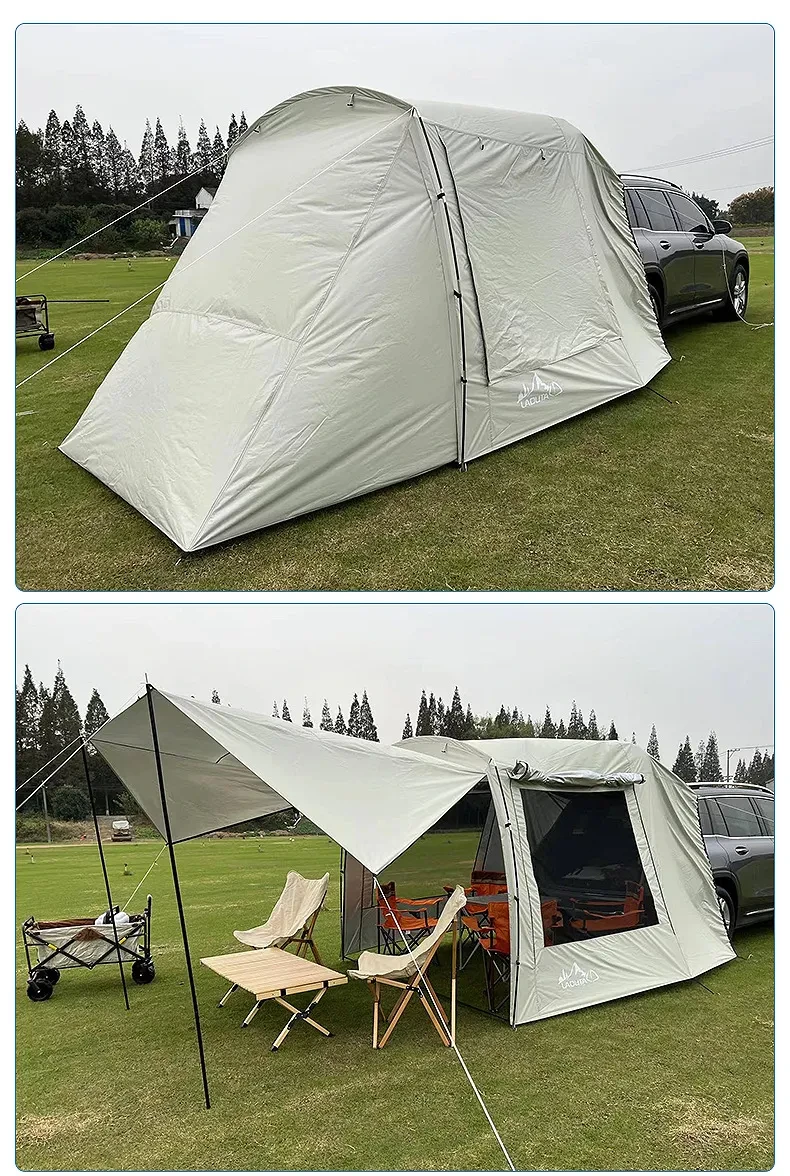


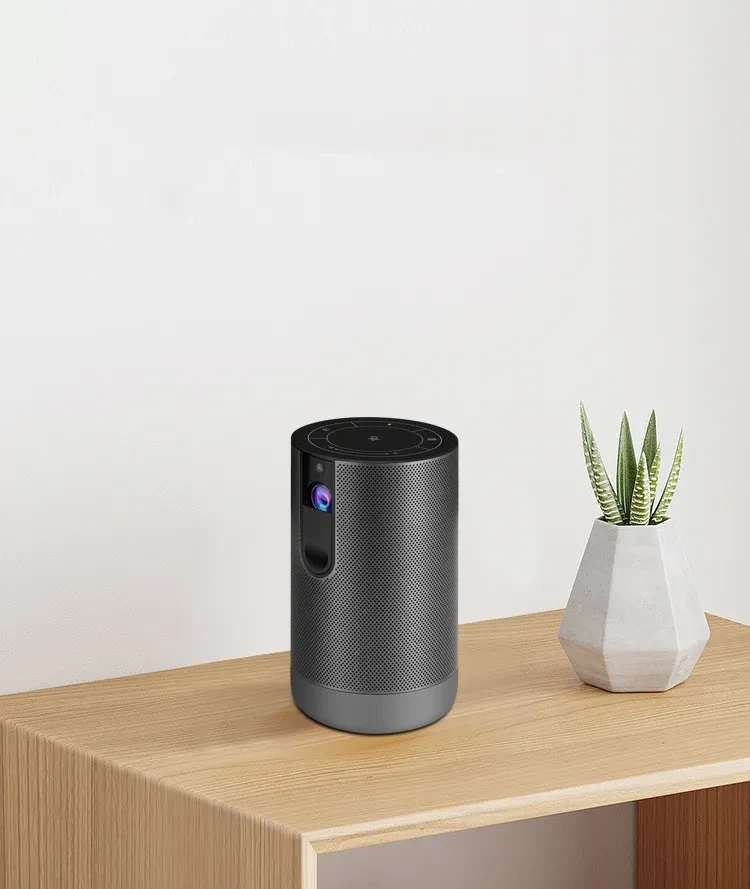

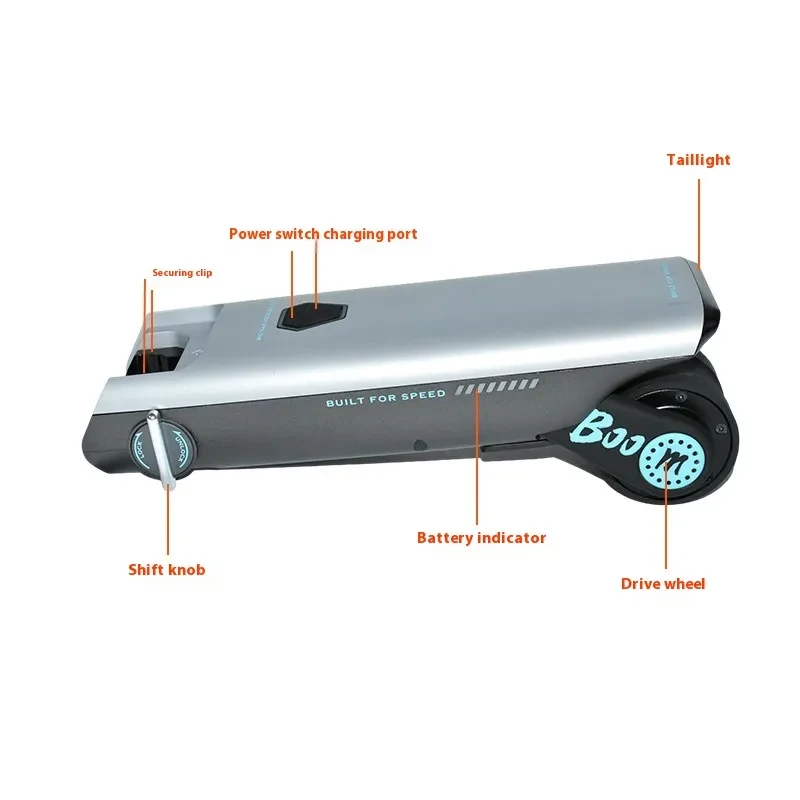
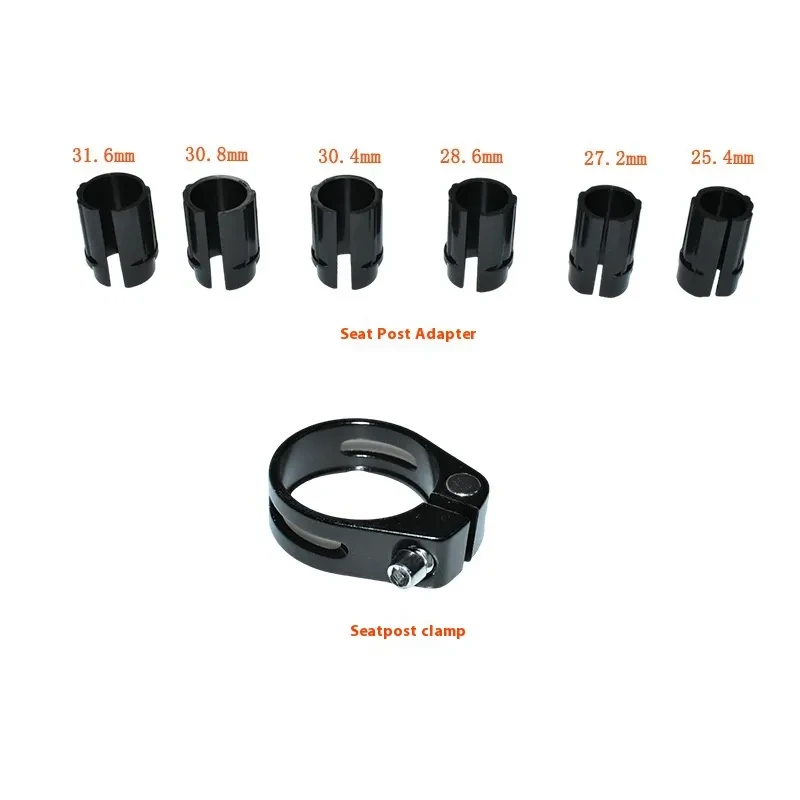





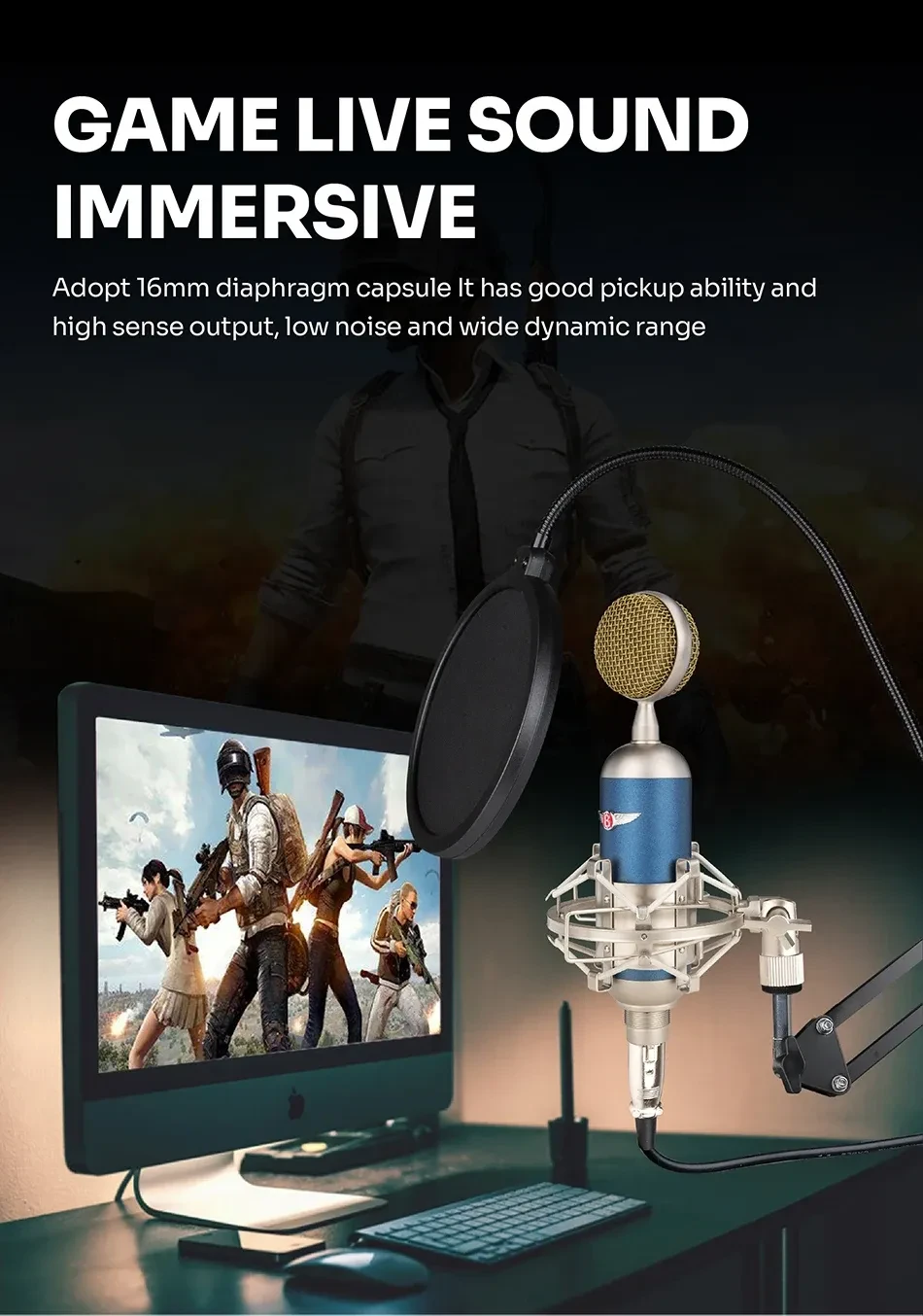



.jpg)









.jpg)


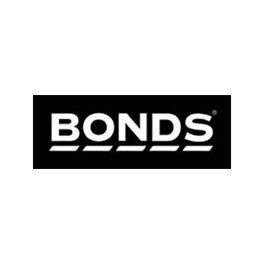
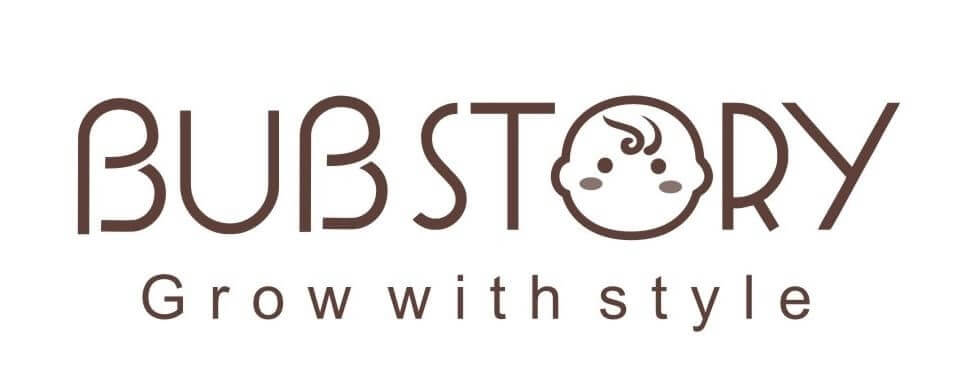

.jpeg)





.jpeg)



.jpeg)








.jpeg)



.jpeg)

.jpeg)
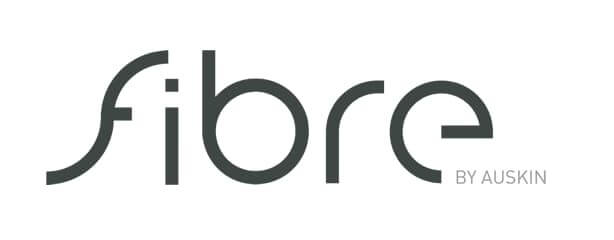
.jpeg)

.jpeg)




.jpeg)
.jpg)

.jpeg)






.jpeg)
.jpeg)




.jpeg)





.jpeg)


.jpeg)

.jpeg)

.jpeg)

.jpeg)

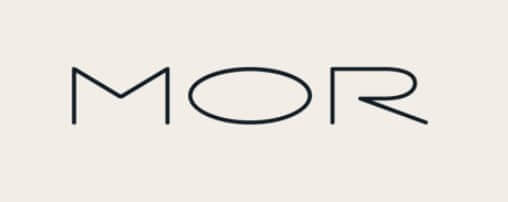
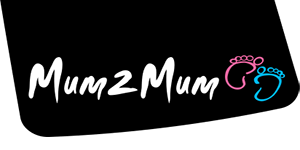




.jpeg)
.jpeg)
.jpeg)


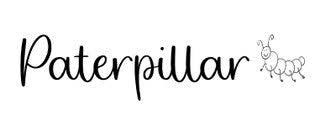


.jpeg)



.jpeg)


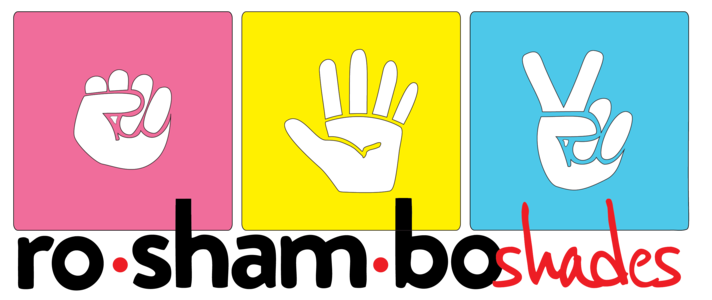

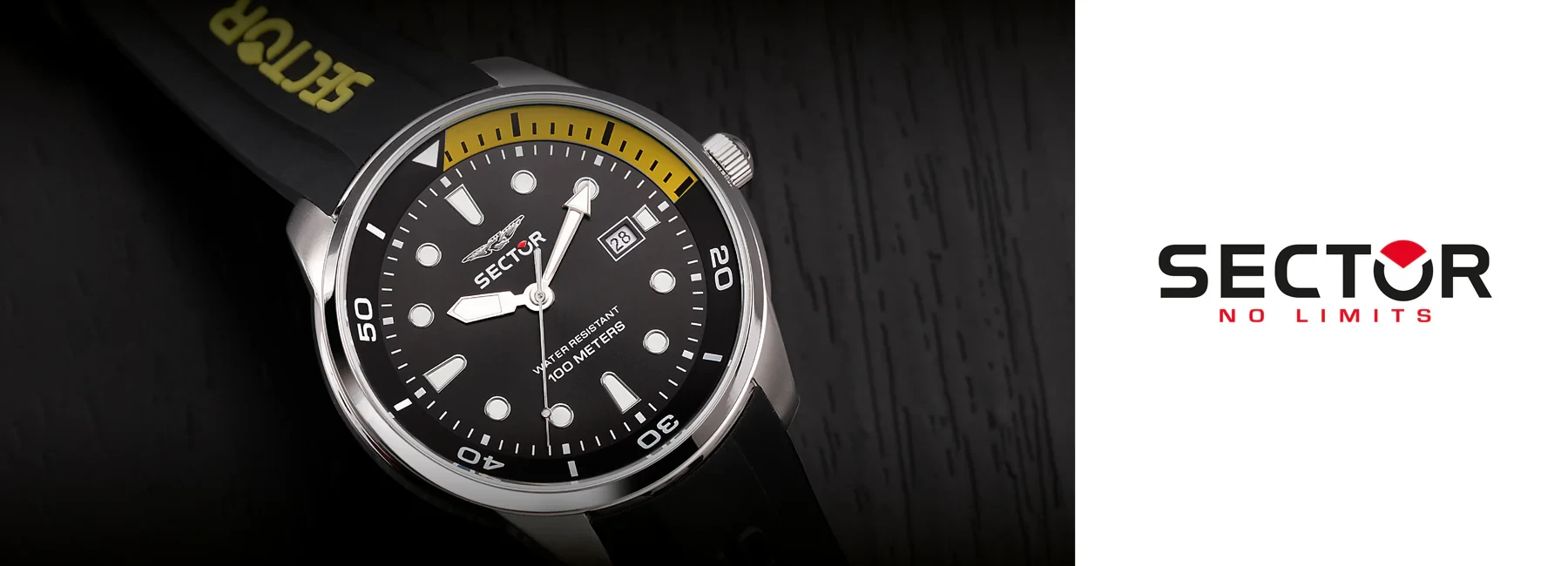

.jpg)
.jpeg)









.jpg)


ulva-Logo.jpg)




.jpeg)



.png)

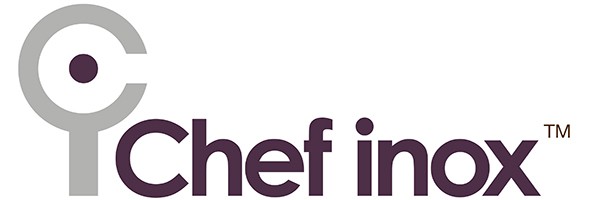

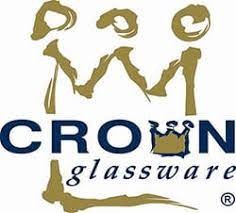









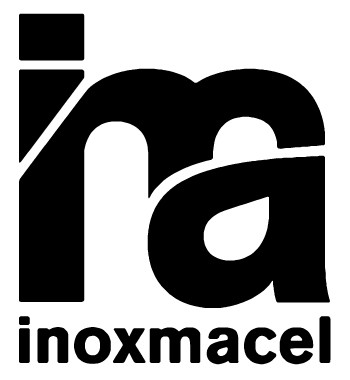

.png)
